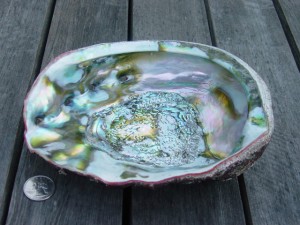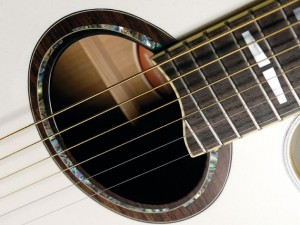If you look at the f holes of the generations of the Amati family there is a general trend towards a narrower and more elegant f hole. Stradivarius learned his trade in the workshop of Nicola Amati . By the time Stradivarius was working in the Amati shop, the Amati f holes had become very round, flowing and reflective of the curves of the instrument. They had become an integral part of the artistic presentation of the instrument.
. By the time Stradivarius was working in the Amati shop, the Amati f holes had become very round, flowing and reflective of the curves of the instrument. They had become an integral part of the artistic presentation of the instrument.
Over the generations, violin makers have experimented with various lengths and widths of f holes, and the positioning of the f holes on the top. Of course, there are limitations. Some of the limitations you would expect, others are more subtle. If the f holes are placed too wide apart, the sound tends to become rough. Too close together and the vibrating part of the top becomes too narrow with a resulting "pinched" sound. Too wide of an f hole (more than 8mm at the notches for violins) and the violin loses projection. Too narrow (6mm or less for violins) and a luthier might have trouble getting the sound post in to the instrument. The treble f hole gets banged up quite a bit if the width is too narrow. Do the f holes make much difference? Sing a scale into the f hole. Feel a certain note vibrate? Now cover up one of the f holes with a soft cloth and repeat the scale singing. Feel and hear a difference? - f holes matter. Air is flowing back and forth through the f holes as you play your instrument. How that air flows, how smoothly it flows, and how fast it flows are all characteristics of your instrument's tone.
The little triangular notches are on the inside and outside of each f hole - The inside notches denote an imaginary line across the top that designates the 'stop' or 'stop line'. The bridge usually is placed on the stop line and centred on the instrument. For violins, the distance from the edge to the stop has been standardized at 195mm. However, many great instruments have shorter or longer stops. This doesn't make them "wrong", just different. A good violin maker/repairer with a good set of ears can help you determine the best place for the bridge if the stop is not 195mm.





